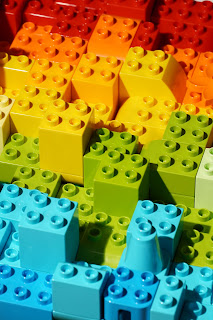Rubber Balls - A Universal Toy

Rubber bouncy balls are small objects, often ball-shaped, made from a flexible material known as rubber. Let's delve into more details about this fascinating material and the production process of rubber balls in this blog post. Of course, we'll also discuss their use as toys. Polymers and Rubber Polymers are long chains of molecules made up of repeating units called monomers. Rubber, the primary component of rubber balls, is a natural polymer that can be found in the latex of rubber trees. Synthetic rubbers, such as diene rubbers, including polybutadiene (the most widely used synthetic rubber), and polyisoprene (a more expensive alternative with properties closer to natural rubber), can also be found. Rubber is known for its unique elasticity and resilience, making it an ideal material for manufacturing rubber balls. Rubber polymer chains consist primarily of monomers containing carbon, hydrogen, and oxygen atoms, linked together in long chains. The Production Process of Rubbe


